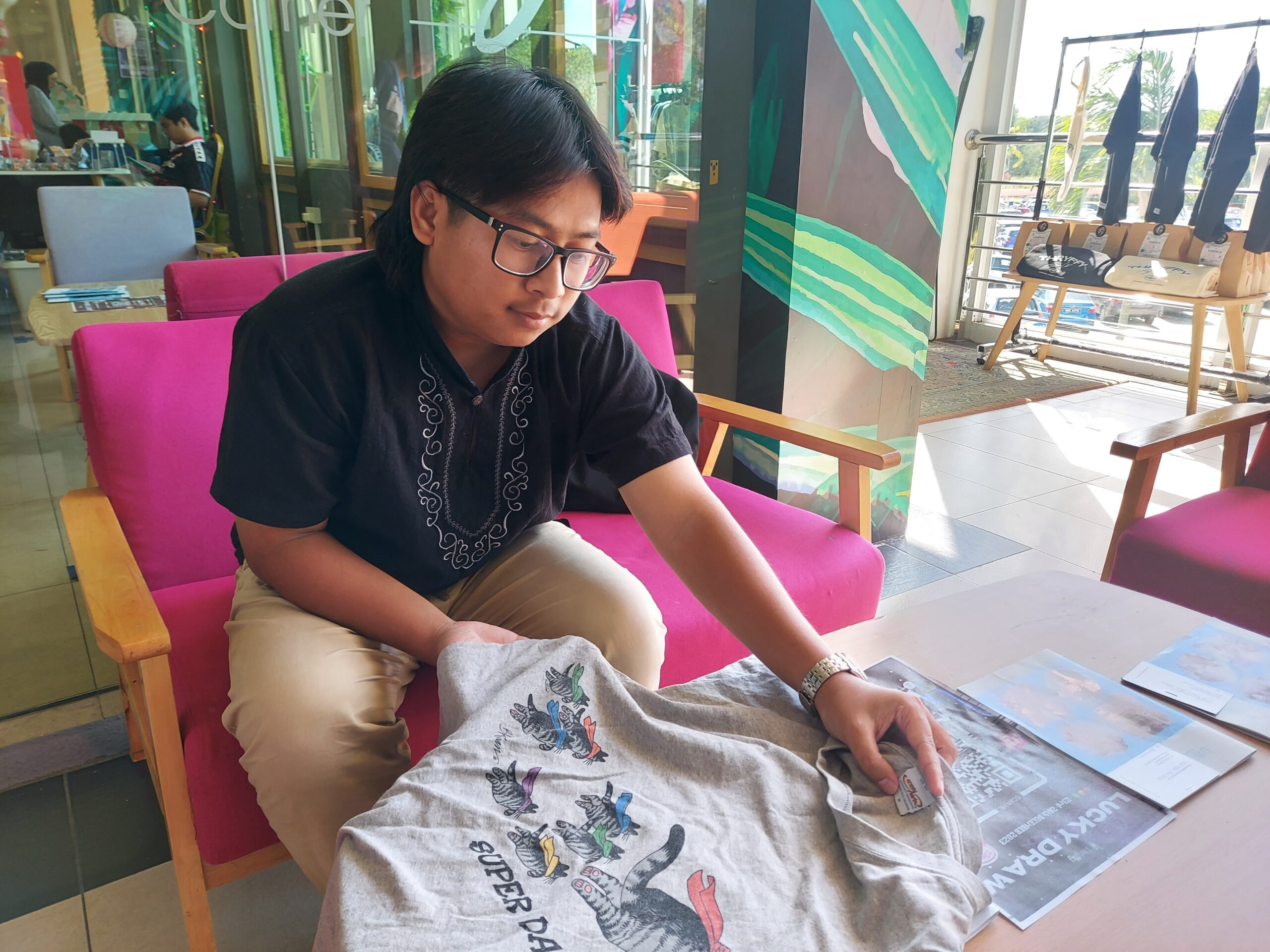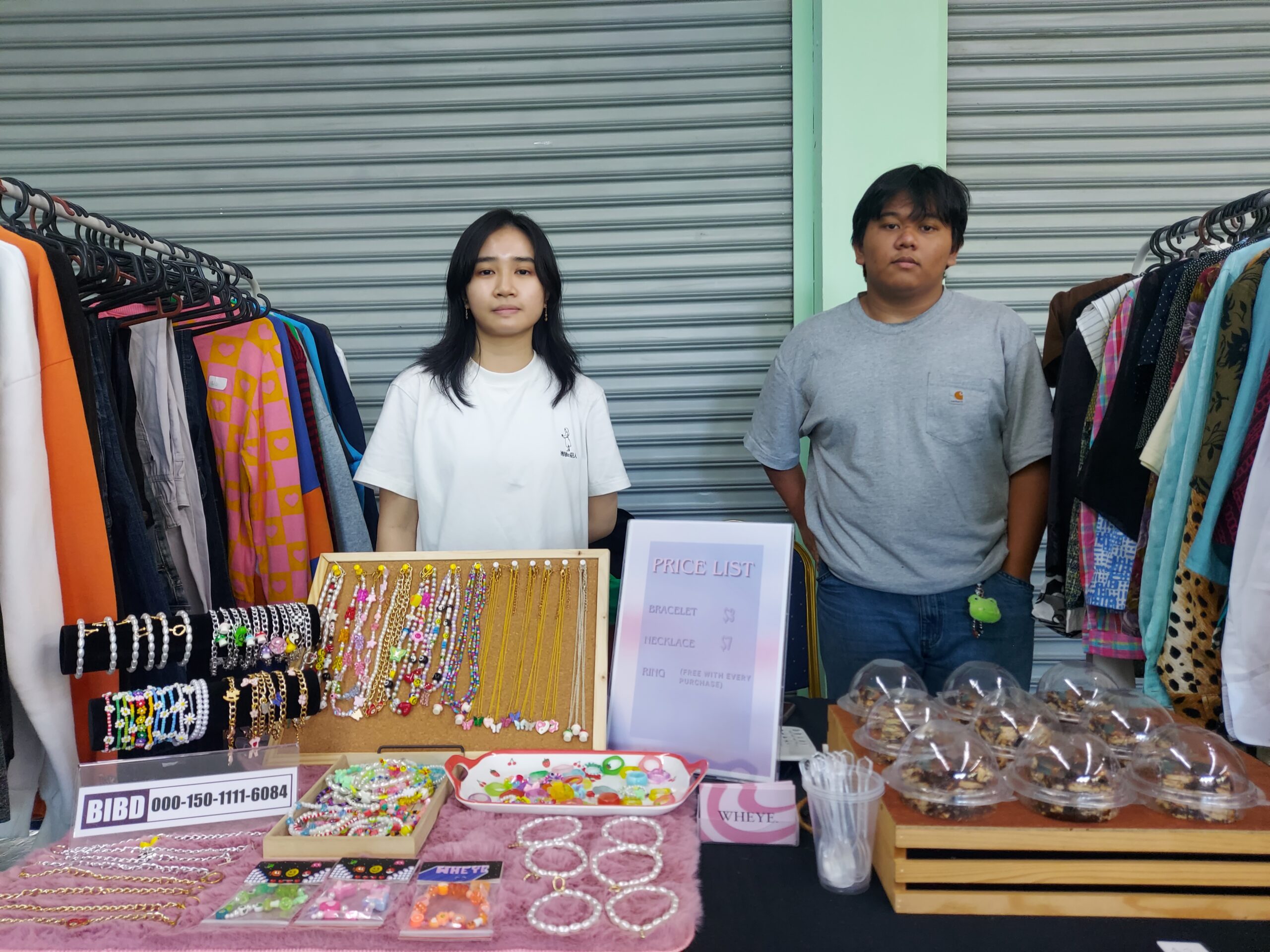Brunei Darussalam’s thrifting revolution on the digital platform and beyond
Vintage. Thrift. Preloved. It goes by different names over the years, but the spirit of the concept remains the same. For some, it’s a sustainable way to clear out clutter, while for others, it’s a playground to discover hidden gems at pocket-friendly prices.
Now, in the era of social media dominance, thrift shopping has taken on a new life through TikTok – a trend sweeping the globe. Notably, in Brunei, the youth are embracing this trend with newfound enthusiasm.
As the saying goes, one man’s trash is another man’s treasure.
A brief look at the hashtags associated with the local thrifting community highlights the trend’s popularity in Brunei. The hashtags #bruneithrift, #prelovedbrunei, and #bundlebrunei have collectively amassed an impressive 3.6 million views.
Yet, is this merely a passing fad in the wake of the growing trend towards sustainability and environmental consciousness?
Or will it endure the test of time, as more locals recognise it as a promising avenue for extra income, thanks to its low stakes and potential for high rewards?
Thrift boom
Mohammad Raziq bin Zaki, from Thryffy, a prominent digital platform for secondhand items in Brunei, remarked on the multifaceted nature of thrifting.

He said that despite its seemingly simple concept, the local thrifting economy and community encompass a diverse range of participants, including collectors, vintage enthusiasts, and individuals looking for economic alternatives.
The 21-year-old, who also organises a series of thrifting pop up events throughout the year said that a contributing factor to the trend of thrifting in the Sultanate is the escalating presence of local thrift sellers online.
He shared that these sellers were instrumental in cultivating the scene, often engaging with their customers live, providing real-time reviews, all the while enlightening and educating their audience on the nuances of thrifting.
“Prior to this trend, I would say there was a certain hesitation or scepticism towards second-hand items among many Bruneians,” he said.
He elaborated on how the prevailing perception often unfairly labelled these items as mere “used”, carrying a connotation of being undesirable or unclean.
“The cost effectiveness as well is a big factor, why buy one new garment when with the same price you can buy five through thrifting,” he said.
“And there’s always that potential of a good find, a better, maybe even branded, quality garment that’s yours to love, with just a simple wash.”
In terms of the local thrifting market, Mohammad Raziq noted a substantial local demand.
Although specific attendance figures for their pop-up events, held 10 times in the past year, weren’t available, he emphasised a noteworthy 90 per cent vendor (about 40 to 60 vendors) participation rate.
In his perspective, he added, this rate signals the economic potential not only for thrifting events but also for the overall thrifting economy.
Thrifting dynamics
Ultimately, the thrifting market proves challenging to precisely define, given the diverse array of sellers that fall within its realm.
For those immersed in this scene, a clear distinction exists among bundled items, pre-loved items, and collectibles, each catering to a distinct clientele.
Bundle sellers often acquire their products in large bales of clothing, sometimes weighing 50 kilogrammes (kg) and more, containing possibly hundreds of garments.
These bundles may or may not include items that have been previously used or sold. Functioning akin to blind boxes for sellers, these bundles carry the potential risk of faulty garments.
Nonetheless, due to their affordability per bale, clothes from these bundles are sold between BND1 to BND5, often representing the most economical options in thrifting.
“Preloved items, in contrast, carry a personal touch as they are owned and sold by individuals, often directly from their closets.
“This not only adds a sense of personal history but also contributes to a curated aspect,” continued Mohammad Raziq, adding that the essence of the matter is the affection attached to these items.
Collectibles on the other hand, especially in the clothing domain, exhibit varying values as it encompasses vintage shirts or items from brands no longer in production.
“The vintage market commands higher prices due to the scarcity,” he explained noting that some clothing items in this category can fetch prices in the three figures or beyond.
Staying power
For Mohammad Raziq, this trend is likely to endure even the decades to come, as it has roots in the concept of garage or car boot sales, just adapted to different platforms and crowds.
He noted however that the popularity may decline, if vendors don’t regulate their prices in good faith as affordability is a key draw for many in this space.
“People will always need clothes. The cycle of buying and selling, driven by factors like affordability and the desire for unique pieces, sustains the thrifting culture,” he said.
This is in addition to the growing awareness for more ethical and sustainable fashion choices, contributing to the longevity of thrifting.

PHOTO: WARDI WASIL
This sentiment resonates with other thrift sellers, like 23-year-old Nina, who initially turned to thrifting as a means to declutter her closet.
Gradually, she expanded her thrifting endeavours to other countries, acquiring garments both for personal use and to sell to her customers.
“There’s a resurgence of interest in Y2K styles, with many individuals exploring older items,” she said.
For part-time thrift seller Nur Fazza binti Haji Sabli, the demand for thrifting is robust and growing, and she foresees it becoming even more popular.
“People lean towards avoiding brand new items, like those from H&M and Uniqlo, in favour of finding them through thrifting. I hope the thrifting culture continues to thrive, as it makes it easier to buy things at reasonable and lower prices.
“I also hope vendors refrain from pricing their preloved clothes too high, as that goes against the essence of thrifting,” added the 24-year-old.






